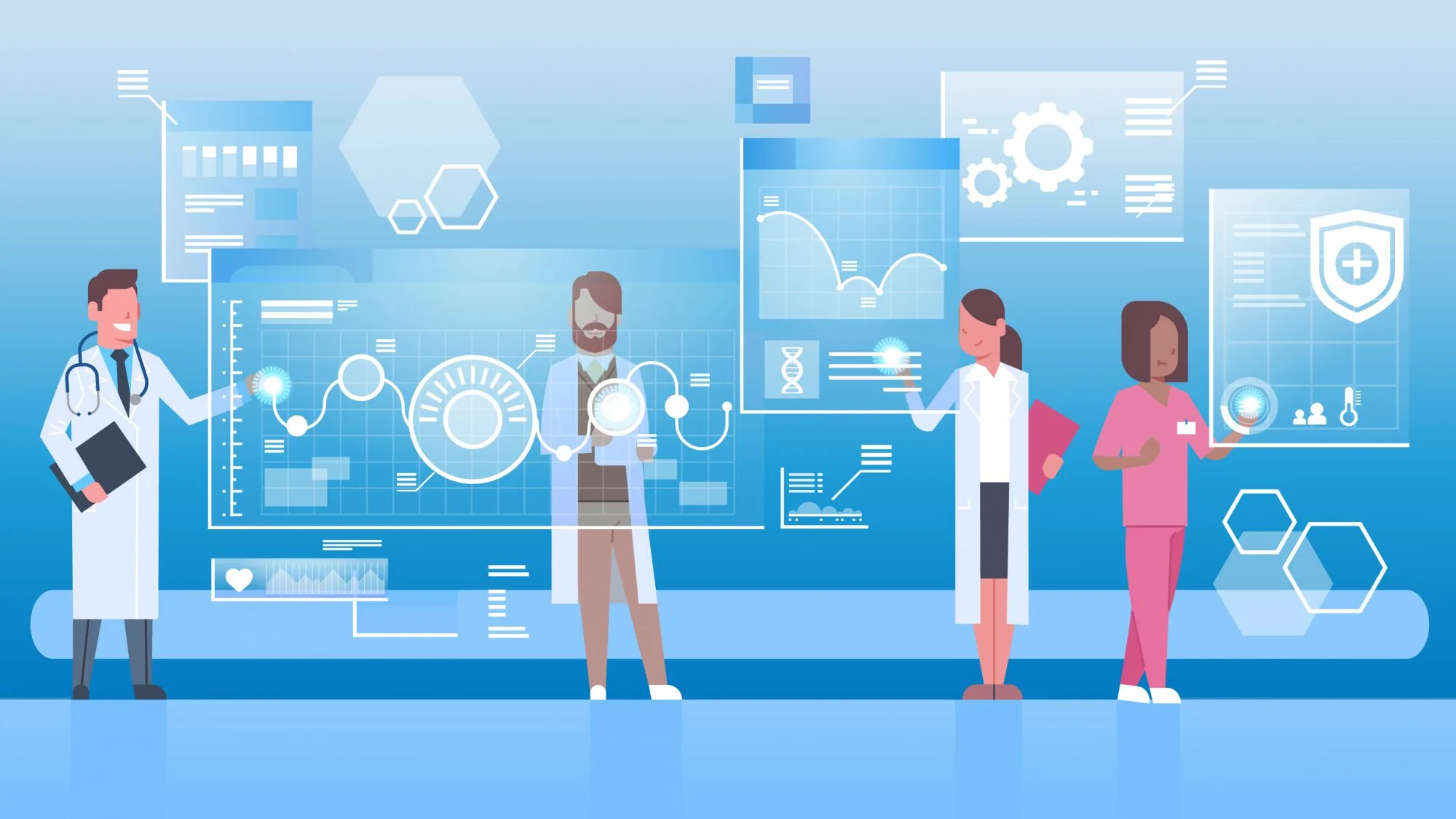
What is Light Therapy?
Light therapy, also known as phototherapy, involves exposure to intense white or blue light that mimics natural outdoor light. It works by boosting levels of serotonin and melatonin, hormones that control mood and sleep cycles. Light therapy lamps emit significantly higher light intensity than typical indoor lighting but without the risks of sun exposure like sunburn or skin damage.
How Does Light Therapy Work?
All humans have an internal body clock called the circadian rhythm that regulates sleep-wake cycles and numerous biological processes. Exposure to natural light, especially in the morning, helps synchronize this rhythm. In winter months or for those who lack outdoor exposure, the circadian rhythm can fall out of sync leading to issues like seasonal affective disorder or low energy.
Light therapy works by stimulating photoreceptors in the eyes that signal the part of the brain regulating circadian rhythm and mood. Just 20-30 minutes of daily light therapy using specialized light therapy lamps that emit 10,000 lux or more of bright white or blue light can boost mood, energy and improve symptoms of SAD or winter blues. The optimum time is in the morning within 1-2 hours of waking up.
Benefits of Light Therapy
Some key benefits of light therapy include:
– Improves mood and reduces symptoms of depression, especially seasonal affective disorder or winter blues. Multiple studies show light therapy is as effective as antidepressants for mild to moderate SAD.
– Increases energy levels and reduces fatigue or daytime drowsiness. The bright light helps reset the circadian rhythm leading to better sleep at night and more alertness during the day.
– Enhances cognitive performance and concentration. Light therapy may help boost attention, memory and problem-solving abilities, especially in winter months.
– May relieve premenstrual syndrome (PMS) symptoms in some women like depression, irritability and fatigue around menstrual periods.
– Helps manage non-seasonal depression and boosts effects of antidepressant medication when used together. It does not replace antidepressants but works better when combined.
– Reduces migraine frequency and severity for some people prone to migraine headaches.
– Helps delay need for nightsleep or alleviate effects of jet lag by resetting the body clock faster. It is useful for people experiencing shift work disorder.
– Low-risk treatment with very minor side effects like eye strain in some cases. Much safer than antidepressant medication.
How to Use Light Therapy Effectively
For light therapy to be effective, it is important to:
– Use a light therapy box or lamp that emits at least 10,000 lux of bright white or blue light. Verify the light intensity with the manufacturer.
– Sit about 18-24 inches or arm’s length away from the light therapy device for the recommended duration, usually 20-30 minutes per session.
– Do light therapy sessions within 1-2 hours of waking up in the morning to reset the circadian rhythm and boost daytime alertness and energy levels.
– Be consistent with the daily routine and aim for long-term benefits. Most people see improvements within 1-2 weeks but continuity is important for ongoing management.
– Consult a doctor before starting, especially if taking antidepressants or have other medical conditions. In rare cases, light therapy can cause side effects like eye strain, headache or insomnia.
– Combine with a healthy lifestyle including exercise, social interactions, stress management and dietary changes to maximize benefits. Making these lifestyle changes may improve efficacy of light therapy.
Who Can Benefit from Light Therapy?
While light therapy helps many, some specific groups that stand to gain notably include:
– Those experiencing seasonal affective disorder or winter blues from lack of daylight exposure.
– People with non-seasonal depression, especially mild to moderate cases.
– Shift workers facing disturbance in circadian rhythms due to atypical working hours.
– Seniors in retirement homes or nursing facilities lacking outdoor access.
– Athletes needing to optimize energy before early morning workouts or events.
– Patients undergoing modern medical interventions disrupting body clocks like chemotherapy or antibiotics.
– Teenagers and college goers battling winterTIME tiredness affects academic performance.
Overall, light therapy is a low-risk, inexpensive treatment option for mood, energy and sleep issues tied to circadian misalignment. Consulting a doctor ensures the best remedy based on individual needs. With proper usage, light therapy provides a natural solution for improved well-being throughout the year.
*Note:
- Source: Coherent Market Insights, Public sources, Desk research
- We have leveraged AI tools to mine information and compile it


